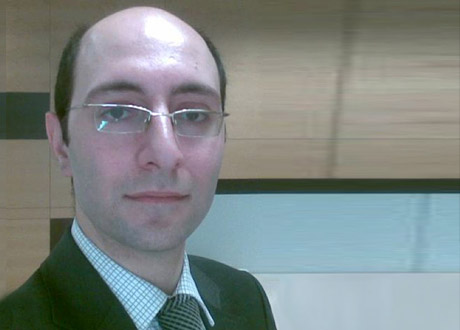By: Ehsan Ehsani
This is the first piece in a blog series written by Ehsan Ehsani on innovation management leading practices.
One of the things I have realized during years of working with organizations is that they are, in many senses, similar to a live organism such as a human being: They are born, grow in size, change in shape and might get sick!
This dynamic nature of the organizations has always fascinated me and many times I have benefited a lot by using the metaphor of a human being to understand potential issues and structure them in a company.
In this first post from a blog series labeled with the term “Innovation Acromegaly” I found it appropriate to talk about an important innovation disease using human being metaphor.
Physicians and Medical experts are all familiar with Acromegaly as a classic case of hormone-related disorder: Unusual amount of growth hormone produced and directed to some organs causes gradual enlargement in those body parts and the patient ends up with a situation where the size of ears, nose, hands or feet are not proportional to each other. As the result, besides all the emotional impact, the person might have difficulty performing usual functions such as walking smoothly or working with hands.
Looking at Innovation function within companies from Acromegaly lenses, one can clearly see that organizations can also get exposed to this disease. The difference is that Acromegaly occurs only in 6 of every 100,000 adults but Innovation Acromegaly occurs quite often among organizations: Global firms are continuously making mergers and acquisitions, invest in innovation initiatives and define new roles within their different lines of business. In such situation, it’s quite probable to lose track of the investments or projects and create duplication of work or unreasonable resource allocation.
How to diagnose Innovation Acromegaly: Symptoms
Now let’s take a look at some of the symptoms of Innovation Acromegaly: While the items in the following list don’t necessarily mean that a company or function is suffering from the disease, they give good clues on the areas for investigation when a company senses that it’s not getting enough out of its innovation investments.
- Headcount balance issues: A typical scenario would be an organization which intends to grow more in certain line of products but a close look at the innovation function headcount reveals that most of the employees are working on new product development projects which are not leading to growth in that line of business.
- Ideation balance issues: The organization is receiving and processing many ideas but only a few of them are related to the key growth areas for the company.
- Pipeline balance issues: Majority of the projects in the innovation pipeline are dedicated to non-core growth areas and applications.
- Project structures sub-optimized: Looking at two very similar innovation projects in two countries where a company operates, one might find out that one of them consumes two times more resources and funds compared to the other one. This is also a sign of knowledge diffusion issues.
- Project times sub-optimized: It might take much longer time to develop and idea and go to market in one region compared to another region (excluding the local factors).
- Silent surfers: Innovation projects might get killed as they go through their evolution and are reviewed in a company Stage-Gate process. However, one might see projects which are still consuming resources and move forward in spite of being stopped earlier by the management.
In the future post, I will try to provide some high-level guidelines and techniques on how to cure these types of issues and save the company from Innovation Acromegaly. Till then, let us know what you think!

